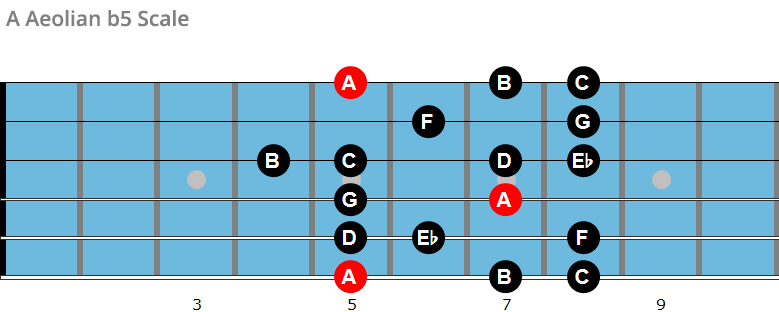

Three are in a major key and two in a minor key. In fact, most musicians, and even many non-musicians, can distinguish major and minor keys just by listening to the music. Although it also has a strong tonal center (the Western tradition of tonal harmony is based on major and minor keys and scales), music in a minor key is more likely to sound sad, ominous, or mysterious. This contrasts with the moods usually suggested by music that uses minor keys, scales, and chords. The “bright”-sounding major chords and the strong feeling of tonality are what give major keys their happy, pleasant moods. They also give a strong feeling of having a tonal center, a note or chord that feels like “home”, or “the resting place”, in that key. In major keys, the notes of the scale are often used to build “bright”-sounding major chords. How are these moods produced? Music in a particular key tends to use only some of the many possible notes available these notes are listed in the scale associated with that key. The simple, sing-along, nursery rhymes and folk songs we learn as children the “catchy” tunes used in advertising jingles the cheerful, toe-tapping pop and rock we dance to the uplifting sounds of a symphony: most music in a major key has a bright sound that people often describe as cheerful, inspiring, exciting, or just plain fun.

For example, the B flat could be written as an A sharp. If your answer is different, check to see if you have written a different enharmonic spelling of the note in the answer.

If you need staff paper for this exercise, you can print out this staff paper PDF file. If you have trouble keeping track of the notes, use a piano keyboard, a written chromatic scale, or the chromatic fingerings for your instrument to count half steps.įill in the second note of the interval indicated in each measure. Identify the intervals below in terms of half steps and whole steps. Going from C up to F takes five half steps. The interval between C and the F above it is 5 half steps, or two and a half steps. You can count any number of whole steps or half steps between notes just remember to count all sharp or flat notes (the black keys on a keyboard) as well as all the natural notes (the white keys) that are in between. (b)Three whole step intervals: between C and D between E and F sharp and between G sharp and A sharp (or A flat and B flat).Ī whole tone scale, a scale made only of whole steps, sounds very different from a chromatic scale.Īll intervals in a whole tone scale are whole steps. If you go up or down two half steps from one note to another, then those notes are a whole step, or whole tone apart. The result is a scale that plays all the notes easily available on most instruments. (A few instruments, like trombone and violin, can easily play pitches that aren’t in the chromatic scale, but even they usually don’t.)Īll intervals in a chromatic scale are half steps. It also plays all the notes easily available on most Western instruments. So a scale that goes up or down by half steps, a chromatic scale, plays all the notes on both the white and black keys of a piano. But it is clear at the keyboard that in each case there is no note in between them. The intervals in Figure 4.8 look different on a staff sometimes they are on the same line, sometimes not. (b)Three half-step intervals: between C and C sharp (or D flat) between E and F and between G sharp (or A flat) and A. In Western music, the small interval from one note to the next closest note higher or lower is called a half step or semi-tone. This distance between two pitches is called the interval between them. Musicians often find it useful to talk about how much higher or lower one note is than another. The pitch of a note is how high or low it sounds. HALF STEPS AND WHOLE STEPS, MAJOR AND MINOR KEYS AND SCALES 4.2. Half Steps and Whole Steps *


 0 kommentar(er)
0 kommentar(er)
